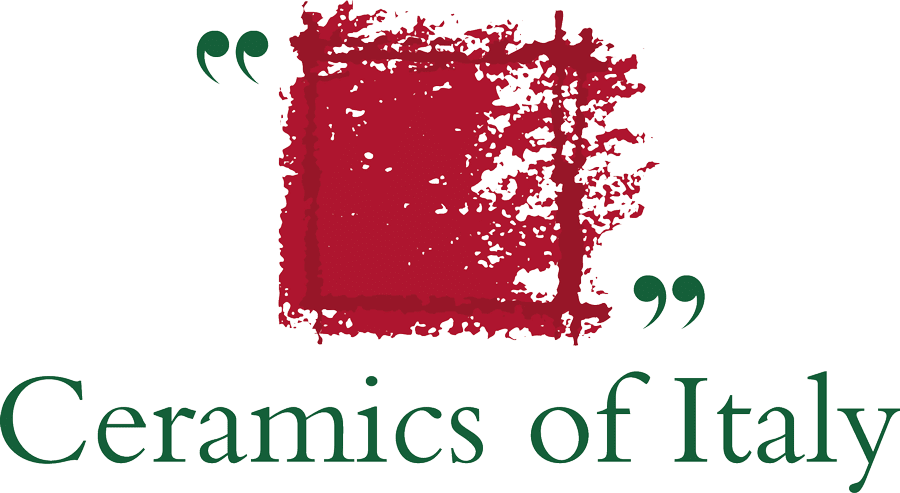Within a climate of renewed attention to beauty and design in building construction, and under the spur of new fiscal incentives, one of the most interesting challenges contemporary architects are facing today is the issue of well-designed sustainable and energy saving building envelopes, be it simple coating solutions or more performing ones such as ventilated façades.
Most Italian and European building envelopes are not as energy efficient as needed; hence energy retrofit would be auspicious. According to Enea – the Italian National Agency for New Technologies, Energy and Sustainable Economic Development – the annual average thermal consumption of an Italian home is around 180 kWh/sqm, sometimes exceeding 280 kWh/sqm; new constructions, on the other hand, which account approximately for 5-7% of existing buildings, consume less than 75 kWh/sqm per year [Source: www.enea.it/it/pubblicazioni/pdf-volumi/raee-2015.pdf – 3/3/2017 ].
A boost in building renovation has recently come from national legislation as tax deductions for renovation have been increased therefore encouraging deep intervention on building envelopes. While usual tax deduction for renovation is 65%, energy requalification projects concerning building envelopes and impacting on more than 25% of the dissipating surface will be favoured by a 70% tax deduction. A further 5% deduction is foreseen for renovation aimed at improving the building envelope’s winter and summer energy efficiency beyond the threshold set by the Ministerial Decree of 26 June 2015.
Hence the need for a discussion on which are the most suitable technologies to improve building envelopes energy efficiency. Leaving aside the most traditional solutions such as external insulation or insulation from the inside, one of the most used technologies to improve envelope performance is the ventilated wall system: an “intelligent” kind of façades, based on the principle of separating the most external layer from the internal wall, through the creation of an air gap where the air can naturally flow thanks to the “chimney effect” (Fig.1). This dry-lay insulation system can be put on existing buildings or on new constructions, greatly improving buildings’ energy efficiency, humidity, soundproofing and life. First, the insulating homogeneous and continuous layer applied to the envelope greatly reduces the number of thermal bridges, which are the main causes for heat dissipation, limiting the wall’s thermal transmission and therefore the building’s energy need during the year.
A ventilated air cushion, that communicates with the outside through a series of ventilated channels set at the bottom and top of the façade, reduces the risk of condensation on the internal wall. The thermal gradient between the air temperature outside and the air in the gap makes the air rising, so that steam coming from the inside can get out, improving breathability of the whole building .
The external coating, mounted onto a wire mesh directly on the enclosure walls, is not only a visual statement: besides determining the look and appearance of the building it protects it from direct agents, ensuring a prolonged life over time. Furthermore it prevents walls from overheating when it’s hot, thanks to the coating’s partial reflection of sun rays. Among the many advantages that you won’t get from a traditional façade: easy maintenance, and the possibility to hide plumbing or channelling within the gap (they become easily accessible since you can remove single slabs). Despite their great compositional freedom, ventilated façades often avoid you some extra charges such as the cost of demolition of parts of the building; plus, since the intervention is done on the outside, the occupants of the buildings can remain in their homes.
Among the materials that can be used for building envelopes, porcelain stoneware is a favourite: it is elegant, adaptable, and offers effective solutions as to aesthetics and energy performance. (Fig.2). This material is often a favourite because of its aesthetic fine qualities, and its resistance to impact, thermal shock, aggressive chemical and polluting agents. Ceramic slabs can be also employed in very high buildings. Thanks to the latest high definition digital and 3D printing techniques they can turn into any kind of material – stone, marble, metal, wood – of which are able to reproduce the real surface and colours also to the touch (Fig.3). Porcelain stoneware is therefore the ideal material for any type of building since it can perfectly adapt to any setting and architectural context, providing construction continuity.
Besides the above mentioned technical properties, inherent to all ceramic tiles, stoneware offers new functions which increase its added value through innovation and sustainability. Surface functionalisation enables to widen the scope of possibilities available for building envelopes, making tiles active participants in the improvement of building efficiency. To name just a few: the photovoltaic functionalisation, gained through the integration of photovoltaic cells into ceramic tiles (Fig.4); the management of solar reflectance, in order to increase SRI (Solar Reflectance Index) values of surfaces, to reduce the heat-island effect.
The building envelope energy requalification, despite it arising more from law compliance than from environmental awareness, has a direct and radical economic impact for owners, whose assessment is not simple nor direct. As it is now demonstrated by examples in table 1, the ventilated system contributes to curb thermal dissipation and prevents heat from going out in winter and getting in during the summer (Fig.5), with consequent lower bills, since less energy is required for warming and cooling. When the energy retrofit process involves, other than opaque surfaces, also transparent surfaces and roofing, energy consumption of buildings can be reduced up to 70-80%. The energy requalification of building envelopes will enable apartment blocks to opt for more efficient plants with a more suitable and much lower power than the original one installed. Furthermore, considering the current economic situation and the constant increase of heating costs, a low-energy house is a long-term profitable investment. It must also be underlined that a building that has had an improvement in beauty and efficiency, in line with today’s taste, becomes more attractive on the market both for rentals and sales, with a minimum 10% increase in value. It can therefore be concluded, also considering the existing incentives which further encourage any intervention, that the ventilated wall system meets the two objectives of energy requalification, with a consequent enhancement of architectural quality, and money saving.



 Architects
Architects

